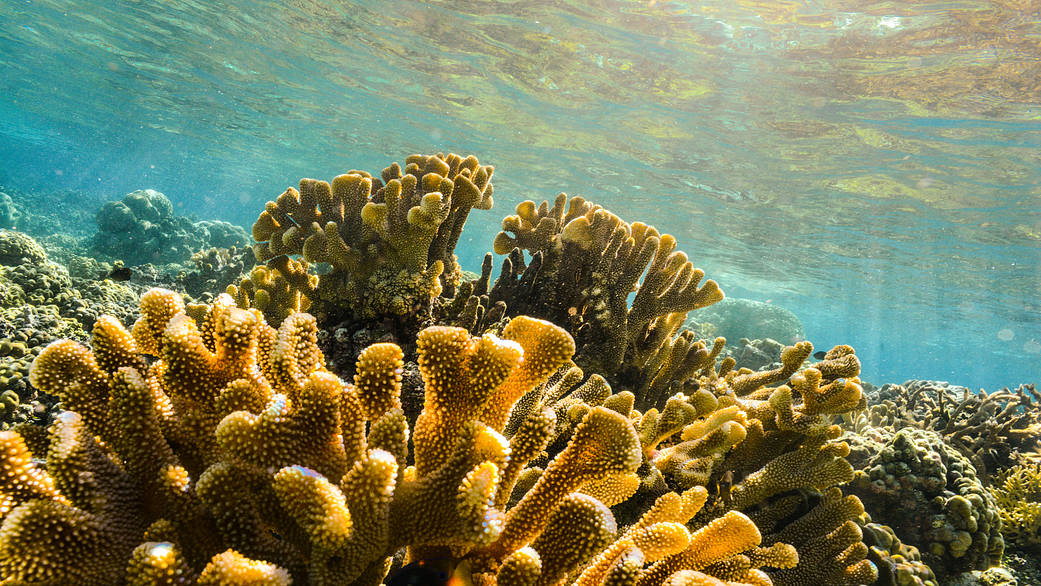The ocean: it’s Earth’s largest ecosystem and the habitat for coral – one of the planet’s most unique and oldest life forms. The health of coral is vital to countless sea creatures who call it home. However, this member of the ocean world is dying at an unprecedented rate and, without thorough tracking, it’s unclear exactly how fast or how best to stop its deterioration.
That’s why NASA’s NeMO-Net, or the Neural Multi-Modal Observation and Training Network, project is on a mission to map and track the health of the world’s coral reefs and give us the best look beneath the waves we’ve ever had. To do that, they need data, which they’ve gotten with the help of tens of thousands of citizen scientists around the world playing the NeMO-Net game.
Now, NASA’s Ames Research Center in California’s Silicon Valley is partnering with the Khaled bin Sultan Living Oceans Foundation of Annapolis, Maryland, to use their extensive high-resolution data about reefs and expand NASA’s coral mapping capabilities even further.
On May 17, 2021, NASA entered a Space Act Agreement with the Living Oceans Foundation, giving the NeMO-Net team access to data from the Global Reef Expedition, one of the largest surveys of corals ever done. This 10-year research mission traveled around the world surveying and mapping one fifth of the world’s coral reefs in an effort to address the coral reef crisis. The partnership will use this massive dataset in conjunction with the neural network and the Pleiades supercomputer at Ames that powers NeMO-Net. With this combination of tools and information, NeMO-Net’s maps will become more accurate, giving researchers and environmental managers better information about what’s happening to coral reefs. This in turn, will better enable the protection of these fascinating life forms at a time when they’re at risk due to rising sea temperatures and other hazards, including overfishing, pollution, and coastal development.
Banner image: A coral reef in American Samoa, one of the locations where researchers from the Laboratory for Advanced Sensing went on deployment to collect data using fluid-lensing instruments. Image credit: NASA/Ames Research Center/Ved Chirayath

























